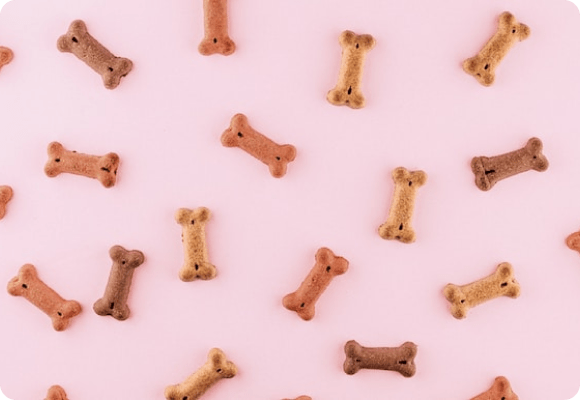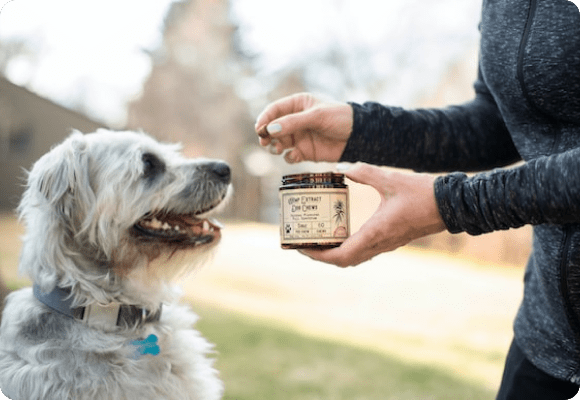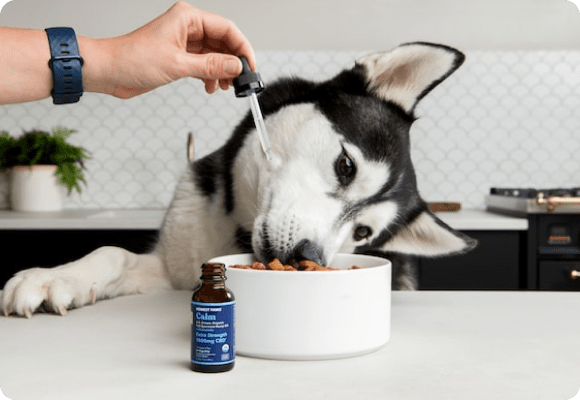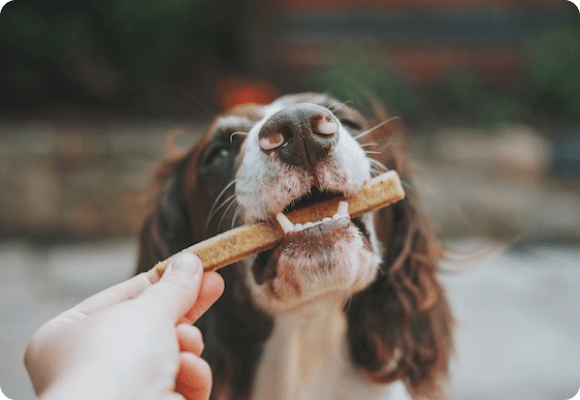Newfoundland Dog Breed Facts: History, Health Traits, and Characteristics

Table of Contents
Newfoundland Breed Card
Newfoundland Breed Overview
Group
Working Dog
Height
26-28 inches tall
Breed Recognition
Yes
Weight
100-150 pounds
Country of Origin
Canada
Personality
Devoted, sweet, and patient
Lifespan
9-10 years
Shedding
Moderate
Newfoundland History
The Newfoundland breed was developed in the Atlantic region of Newfoundland and Northern Labrador, right in the northeast, cooler area of the province. Newfoundland is a Canadian province on the east coast of the country, located near Nova Scotia. Newfoundlands are said to be related to the Labrador Retriever, Curly-Coated Retriever, and Irish Water Spaniel. The first documented report of a Newfoundland dog dates back to the late 1700s.
Before the 19th century, Newfoundlands were referred to as Greater Newfoundlands to keep them categorized apart from St. John’s Newfoundland and Lesser Newfoundland. The Greater Newfoundland was characterized by a heavy and sturdy build, while the Lesser Newfoundland was much smaller in size.
Throughout the 19th century, these large dogs were a popular sight around sailing vessels in the Atlantic region. They were commonly used to rescue passengers and crew members who were drowning at sea. Newfoundlands were also used by fisheries to haul fishing nets and retrieve objects from the seas. There are hundreds of documented water rescues by the Newfie.
The Newfoundland was recognized by the American Kennel Association (AKC) in 1886.
Cost ✅
COST LEVEL
Low End: $1200
High End: $3000
Newfoundland Physical Traits
General Appearance💡
The Newfoundland is a large, powerful dog with unique physical traits. They are known for their massive size, webbed feet, and strong swimming ability.
The coat is medium-length and coarse in texture. The color of the coat can vary from black to brown or grey. The Newfoundland’s thick double coat protects them from the cold on the island of Newfoundland where they originated. Their webbed feet helped them swim through icy water when they were used as working dogs in the fishing industry.
The Newfoundland dog is a large, strong, and well-built dog with a thick water-resistant coat. The head is broad and massive with a wide muzzle. The cheeks are developed well and their expression is gentle and dignified. The eyes are beady, small, deep, and dark brown.
The ears are small and hang close to the cheeks or fold over. The tail hangs low but is not curled. The expression on a Newfoundland is gentle and soft. The forehead doesn’t contain any wrinkles and the brow is well-developed.
The Newfoundland’s smooth double coat consists of an outer layer of long, straight guard hairs that are water resistant, and an inner layer of a short dense undercoat that provides insulation from cold temperatures. It comes in black, liver, or gray with white markings on the chest.
The Newfoundland has a strong neck and heavy bone structure with good muscling for its size. The back is exceptionally well-built, and the chest is deep. The shoulders are also muscled, strong, and laid-back. The heavy-boned hindquarters are broad and long.
Size & Weight ❤️
Height: 28 inches
Weight: 130-150 pounds
Height: 26 inches
Weight: 100-120 pounds
Coat & Color
Eye Color
Dark brown
Coat Color
Black, brown, grey, black/white
Coat Length
Medium
Coat Texture
Coarse
Newfoundland Temperament and Personality
The Newfoundland is known for being good-natured and trainable. The sweet disposition of Newfoundlands makes them perfect for families or even just one individual. Newfoundlands are not timid or skittish dogs. They love daily human contact and thrive on companionship.
Kid Friendly?
GOOD WITH KIDS
Bad Idea
Excellent Nanny
Yes, the Newfoundland is kid-friendly.
While the Newfoundland is a working dog, this breed actually makes an excellent family pet. They are gentle and patient with children and tend to put up with a lot without ever getting aggressive.
The Newfoundland has often been called Nana or Gramps because of their ability to be so kind and loving to children. They are very affectionate and enjoy giving attention as well as receiving it. Newfoundlands are also known for being extremely loyal and protective of their family and belongings.
Good with Other Pets?
GOOD WITH PETS
Bad Idea
Friendly Socialite
Yes, the Newfoundland is good with other pets.
Newfoundland dogs are very friendly animals and they are known to be a social breed. They love to be with other animals and enjoy the added companionship they provide. These dogs are usually not aggressive at all, but can still protect the home if needed.
When Newfoundlands are properly socialized from a young age, they do even better with other pets. If the Newfoundland is raised with small animals such as cats or rabbits, they will likely get along well with them. This breed will always be mindful of smaller animals and may be protective over them.
Barks a Lot?
BARKING LEVEL
When Neccessary
Noise Maker
No, under most circumstances, the Newfoundland typically does not bark a lot.
Newfoundlands have a deep bark that can be heard from a far distance. Newfies were bred to work with fishermen on boats in Newfoundland and Labrador, Canada. They would bark if they see something suspicious so that the fisherman could come and investigate it.
Can Be Left Alone?
LEFT ALONE
Likes Being Alone
Sepration Anxiety
No, Newfoundlands should not be left alone.
Newfoundlands are family dogs that thrive on companionship and being around people. They experience separation anxiety if they’re left alone for long periods. Their separation anxiety can lead to destructive behavior around the home, such as barking, urinating, and scratching furniture or other objects.
Newfoundland Training
Newfoundlands are highly trainable dogs.
When training your Newfoundland, it’s important not to use harsh methods when dealing with negative behavior such as chewing or barking. Punishing them may make things worse as they may associate bad behavior with punishment and create an even bigger problem.
As you’re training a Newfoundland, you need to be consistent with your commands and use positive reinforcement instead of punishment.
Initial training when you first receive a Newfoundland should include plenty of socialization training. They should become acquainted with new sights, sounds, textures, and people. Between the 12-18 week mark, Newfoundlands should be potty trained, crate trained, and start learning commands. At this point, they should also be introduced to walking on a leash.
During the 4-8 month training period, Newfoundlands will start gaining more control over their fine motor skills and coordination. While they may be a lot larger than many of the other dogs you see at this age, they still aren’t fully mature. Continue exposing your Newfoundland to new sights, sounds, and surfaces.
It’s important to continually and steadily focus on the growth potential of your Newfoundland. This is also a good time to expose your Newfoundland to water. Make sure to do it slowly and safely so that it doesn’t develop a fear of it. Newfoundlands are exceptionally smart dogs, and your support during their 4-8 months of life is crucial to their maturity process.
During the 8-12 month period, Newfoundlands look like overgrown puppies. They’re large and full, but not necessarily mature yet. The following 12 months after that is when the Newfoundlands begin to finish growing physically. At this point, you should visit the vet to ensure they don’t have any signs of hip dysplasia or other health conditions.
Newfoundland Needs
The Newfoundland needs several important things to maintain a happy and healthy lifestyle. A Newfoundland’s coat needs regular brushing. It’s ideal to brush them once a week or more depending on the shedding season so that it doesn’t mat up too badly. You’ll also want to trim its nails regularly so they don’t grow too long and scratch you or your furniture during playtime.
Newfoundlands need a moderate amount of exercise and mental stimulation to stay happy. To make sure your Newfoundland is happy, you should provide him with lots of toys (chew toys for teething) and activities like swimming or going for walks on the beach.
You should also be very patient because they take time to train and, as previously mentioned, will not respond well to harsh punishments. Newfies do well with a light-hearted and positive training approach. They don’t do well with negativity or harshness.
Most of all, Newfoundlands need you to be there for them. They’re prone to separation anxiety, and they feel at their best when they have your love and companionship.
Nutritional Requirements
FOOD MOTIVATED
Picky Eater
Voracious Eater
The nutritional needs of Newfoundlands are similar to those of other large breeds. The average adult Newfoundland will eat 3 to 5 cups of dry food per day. This amount can be adjusted if they’re not getting enough exercise or if it has a fast metabolism.
The food should contain a decent amount of protein, and the dog food should also be specially designed for extra-large breeds. This will ensure it’ll provide them with the nutrition it needs without causing obesity.
When feeding your Newfoundland puppy, remember that its growth rate will be faster than an adult dog. A good quality dry kibble meets your puppy’s nutritional needs until it’s 6 months old. Then you can switch over to an adult diet. If you prefer to feed your puppy canned food, look for one that contains more protein than fat and has no added sugar, artificial flavors, or colors.
You should keep in mind that this breed is prone to hip dysplasia, which can be exacerbated by obesity, so it’s important not to overfeed your Newfoundland. Bone and joint issues can quickly arise by overfeeding your Newfoundland. Check with your veterinarian about proper diet plans to ensure you’re meeting all of your Newfoundland’s nutritional needs while keeping their weight at a healthy level.
Exercise & Activity Levels
ENERGY LEVEL
Couch Potato
Go-All-Day Stamina
Newfoundlands require a moderate level of exercise and physical activity. It’s recommended they get around 30-60 minutes of moderate exercise every day. This could be a swim, walk, or just playing in the backyard. Due to their heavy-set build, it’s ideal to steer clear of running or high-impact exercises because it can lead to joint pain.
Sometimes, Newfoundlands can get in lazy moods and prefer to hang out on the couch instead of going for a walk. In these situations, you may have to motivate them to join you on a walk. It’s best to avoid giving a Newfoundland puppy too much exercise.
Because they grow up so fast, the excess exercise can put too much stress on their bodies while they’re growing. Try to stay on soft grass instead of hard surfaces. In addition, make sure not to feed a Newfoundland right after getting exercise as they’re prone to bloat.
Grooming Needs
SHEDDING LEVEL
No Shedding
Shedding Machine
Newfoundlands have a thick and heavy coat that requires brushing once a week. A slicker brush and long-toothed comb will be able to get rid of dead hair and ensure mats don’t form. When Newfoundlands start to shed, brushing should be a daily activity.
Newfies can be bathed every second week and owners shouldn’t go longer than 6 weeks without bathing. When bathing, ensure to use a specially-formulated dog shampoo for the best results. Before you even start the bath, use a high-velocity dryer to loosen up dirt and debris from the skin.
For increased traction, while a Newfoundland walks around, trimming hair in and around the pads is helpful. Doing so will prevent the dog from slipping and tripping on smooth surfaces. Trimming hair around the pads also provides you with an opportunity to see if there are any cracks or abnormalities in the paws.
Lastly, dental hygiene is also important to consider. Brush your dog’s teeth around twice a week with toothpaste that’s manufactured for dogs. Sometimes, Newfoundland owners find the grooming needs of their dogs a bit overwhelming. For this reason, they decide to hire a groomer to take care of this task.
Newfoundland Average Lifespan
The average lifespan of the Newfoundland is between 9-10 years old.
Commom Health Problems
- Bloat: Bloat is caused by an excessive build-up of gas in the dog’s stomach. Without immediate treatment, bloat can lead to death within hours.
- Hip dysplasia: Hip dysplasia causes arthritis and lameness in both hips, which can be debilitating for a dog with this condition.
- Osteoarthritis: This is a degenerative joint disease where the cartilage begins to deteriorate. Supplements like chondroitin and glucosamine can ensure the joints will be lubricated.
- Cancer: Osteosarcoma and lymphoma are two common cancers that are specific to Newfoundlands.
- Addison’s disease: This is also referred to as hypoadrenocorticism and occurs when there aren’t enough adrenal hormones being developed. Some of the symptoms of this disease are lethargy, vomiting, and reduced appetite.
- Cataracts: This condition is characterized by white and cloudy areas on the eye. It can result in vision loss over time, but can also be removed with decent results.
- Cystinuria: This is a genetic kidney defect and seems to happen more in Newfoundlands than in other breeds.
- Degenerative myelopathy: Over time, this disease will result in lowered coordination of a Newfoundland. The hind legs will eventually become paralyzed.
- Heart disease: There are a variety of heart conditions that affect the Newfoundland, such as valvular aortic stenosis. These conditions are often given the broad term heart failure.
- Intestinal disorders: Newfoundlands are susceptible to intestinal disorders such as megaesophagus and irritable bowel disease.
Recommended Health Tests
- Hip evaluation
- Elbow evaluation
- Cystinuria DNA test
- Cardiac exam
Tips for New Newfoundland Owners
Taking care of a Newfoundland is a fun and fulfilling task. Here are some tips to make that process easier:
Tip 1
Find a Reputable Breeder: Finding a reputable Newfoundland breeder will ensure your new puppy will come from a good line of genetics and will be less susceptible to some of the common health issues they have. When you’re deciding on a breeder, ask tons of questions and visit the parents of the litter.
Tip 2
Get Puppy/Dog Products in Advance: Before you even get your new Newfoundland, pick up all of the supplies you need. That means you should have high-quality puppy food, food bowl, water bowl, puppy pads, dog crate, and chewable puppy toys for them to play with.
Tip 3
Exercise: Exercise your Newfoundland dog daily to keep their mind and body healthy. Beyond just exercise, spend time playing with them and cuddling with them. You’ll both get exercise, mental stimulation, and quality bonding time.
Tip 4
Spay, Neutering, and Vaccinations: Get your Newfoundland dog spayed/neutered and vaccinated on schedule. Males should be fixed around six months old, females should be fixed around five months old. They should also receive vaccinations for rabies, canine distemper virus (CDV), and parvovirus (CPV) around six weeks old followed by boosters given at 12 weeks old and then yearly thereafter.
Newfoundland Similar Breeds
– Bernese Mountain Dog
– Estrela Mountain Dog
– Leonberger
Newfoundland Supplies You Need
When you’re a Newfoundland owner, there are a couple of supplies you’ll need to have. Generally, you’ll need at least a collar, leash, food dish, and water dish. Depending on where your Newfoundland spends most of its time (outside or inside), you might also need a bed and a dog crate. To identify your dog, you’ll need dog tags and/or a microchip.
You’ll also want to have proper grooming supplies ready when you get your Newfoundland. You’ll require a slicker brush, fine-tooth comb, pin brush, mat splitter, thinning shears, nail clippers, dog shampoo, a dog dryer, toothpaste, toothbrush, and supplies to clean the ears. You should also have chew toys for your Newfoundland to play with.
Best Dog Beds for Newfoundlands

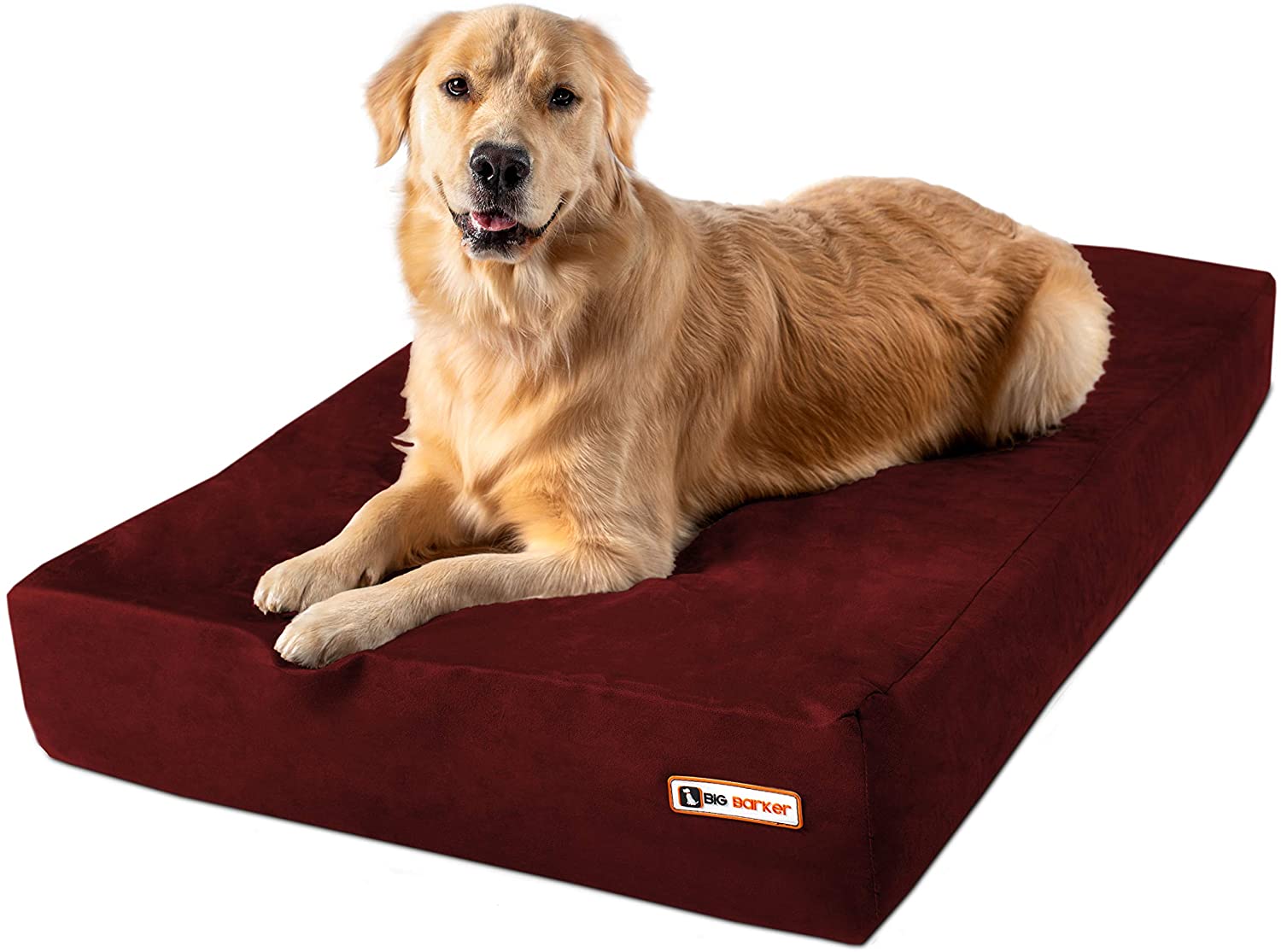
Best Dog Food for Newfoundlands
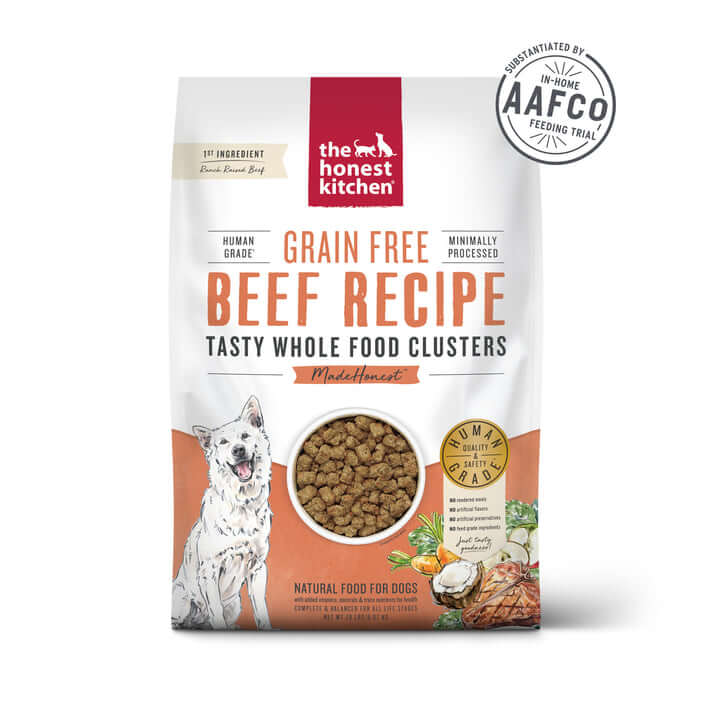

Best Dog Supplements for Newfoundlands


Newfoundland Fun Facts
Here are some fun facts about these gentle giants:
Fun Fact 1
Newfoundlands are so big and strong that they could drag drowning victims to shore.
Fun Fact 2
Newfoundlands can often grow to be larger than humans.
Fun Fact 3
Some reports state that Newfoundlands served in the civil world war.
Fun Fact 4
Four different Newfies have lived in the White House.
Why Trust Us?
This article was written by pet parents, for pet parents, and reviewed by our expert veterinary panel. We understand you want to ensure you are only using the best products to support your pet’s health and happiness. At onevet.ai our mission is to provide you with the most up-to-date information and resources you need on the products you buy for your pet.
Our specialized content team of writers, reviewers, and veterinarians analyzes all of the information for you and presents it in an easy-to-understand format. We independently research and test the best products so you can make an informed decision since your pet only deserves the best.


















